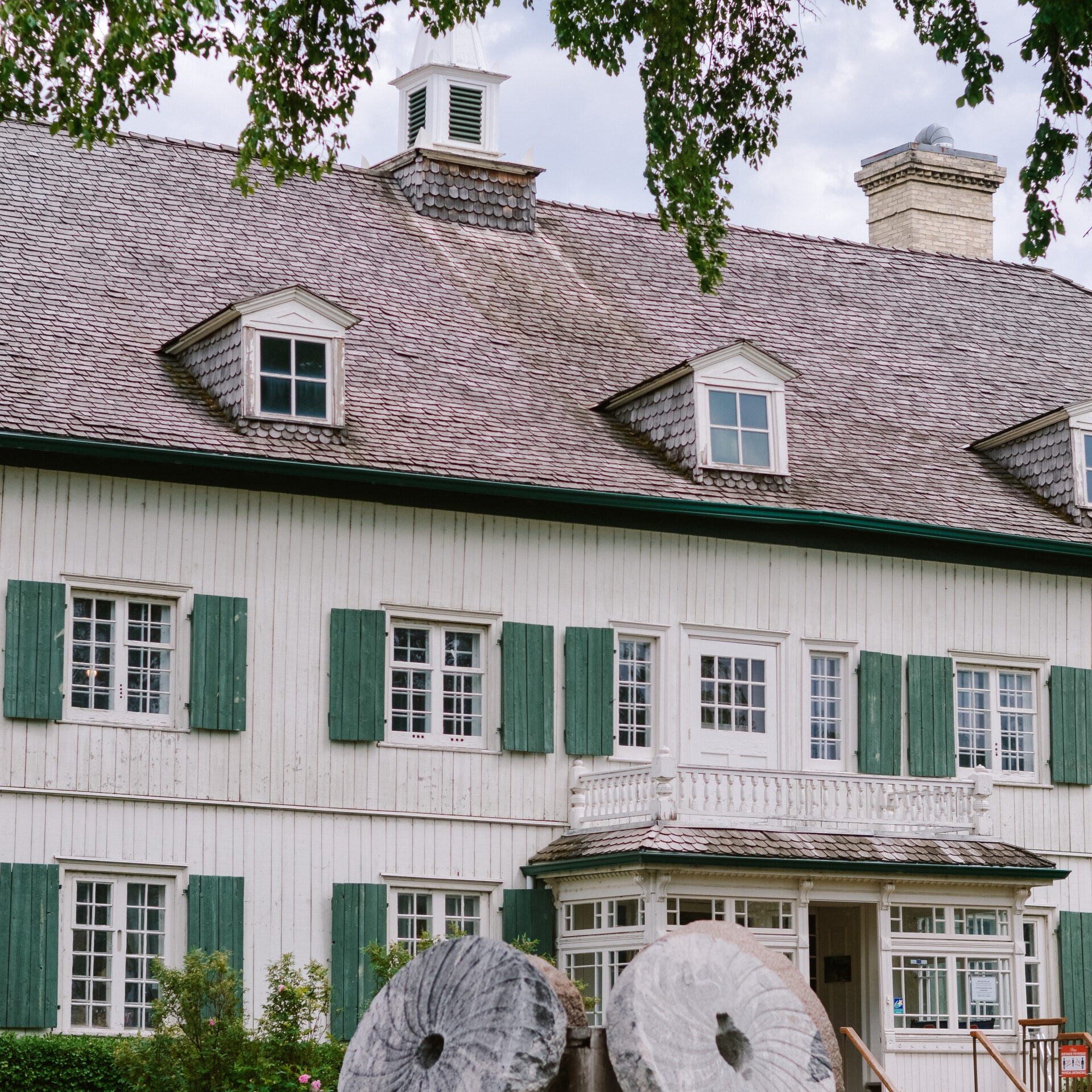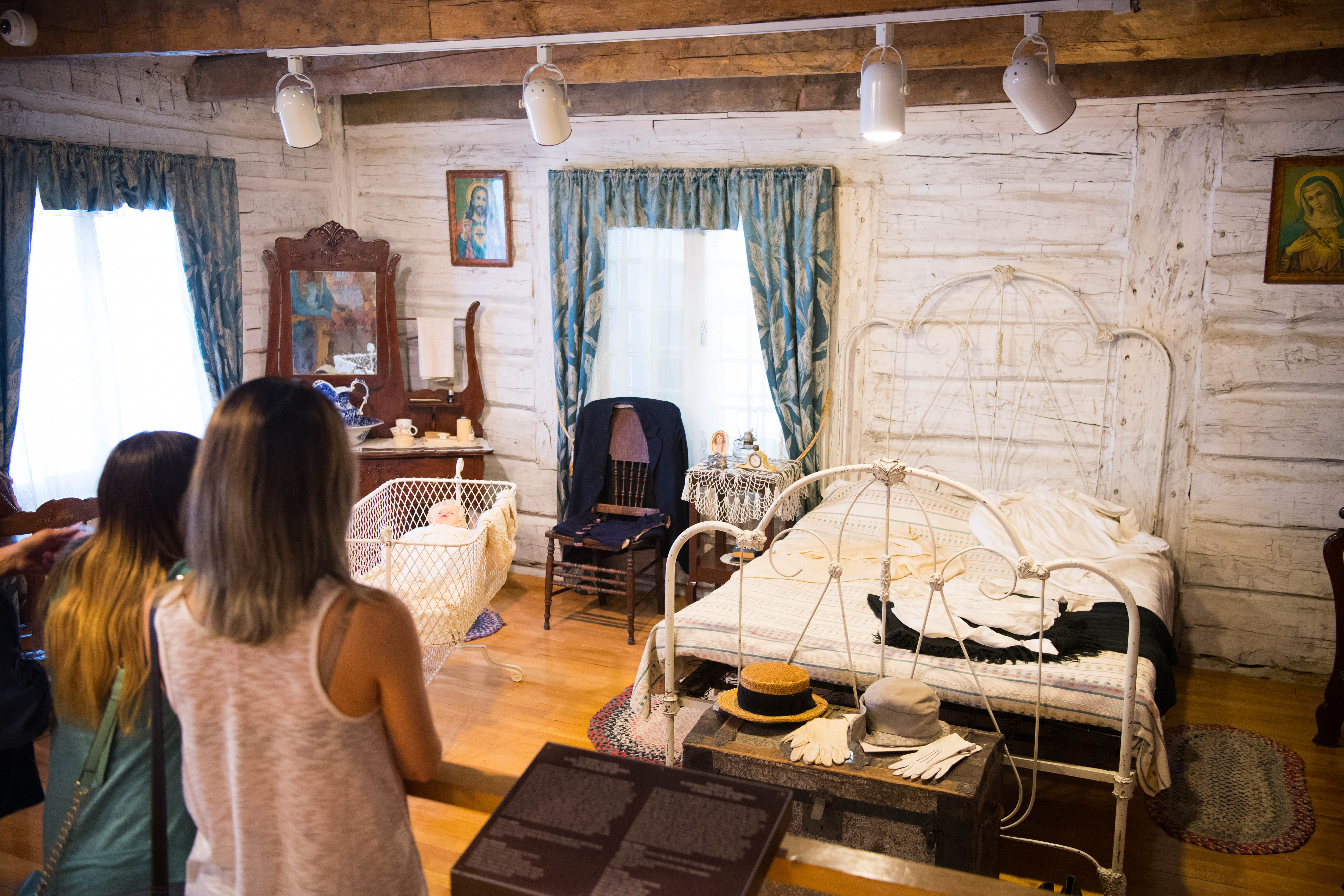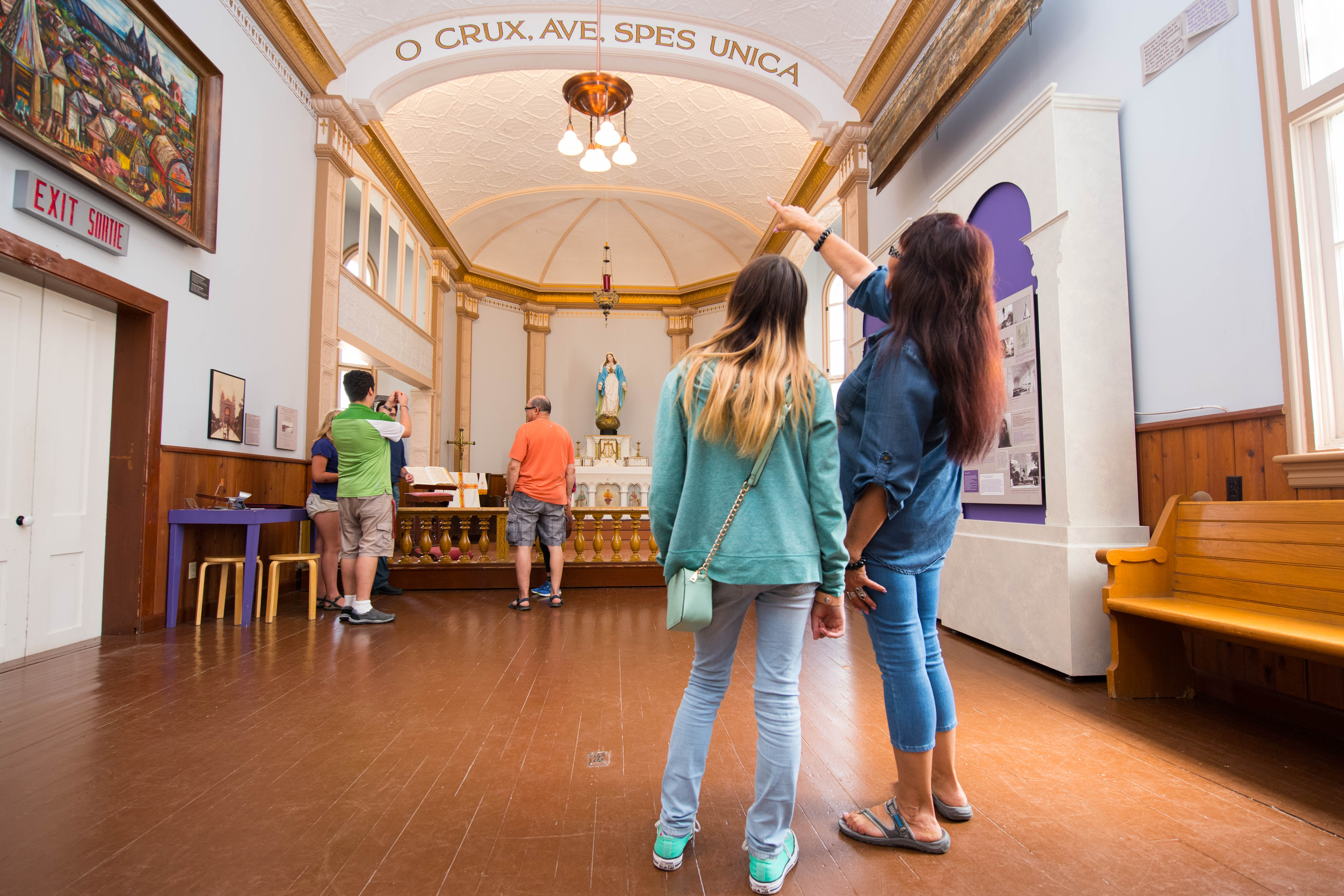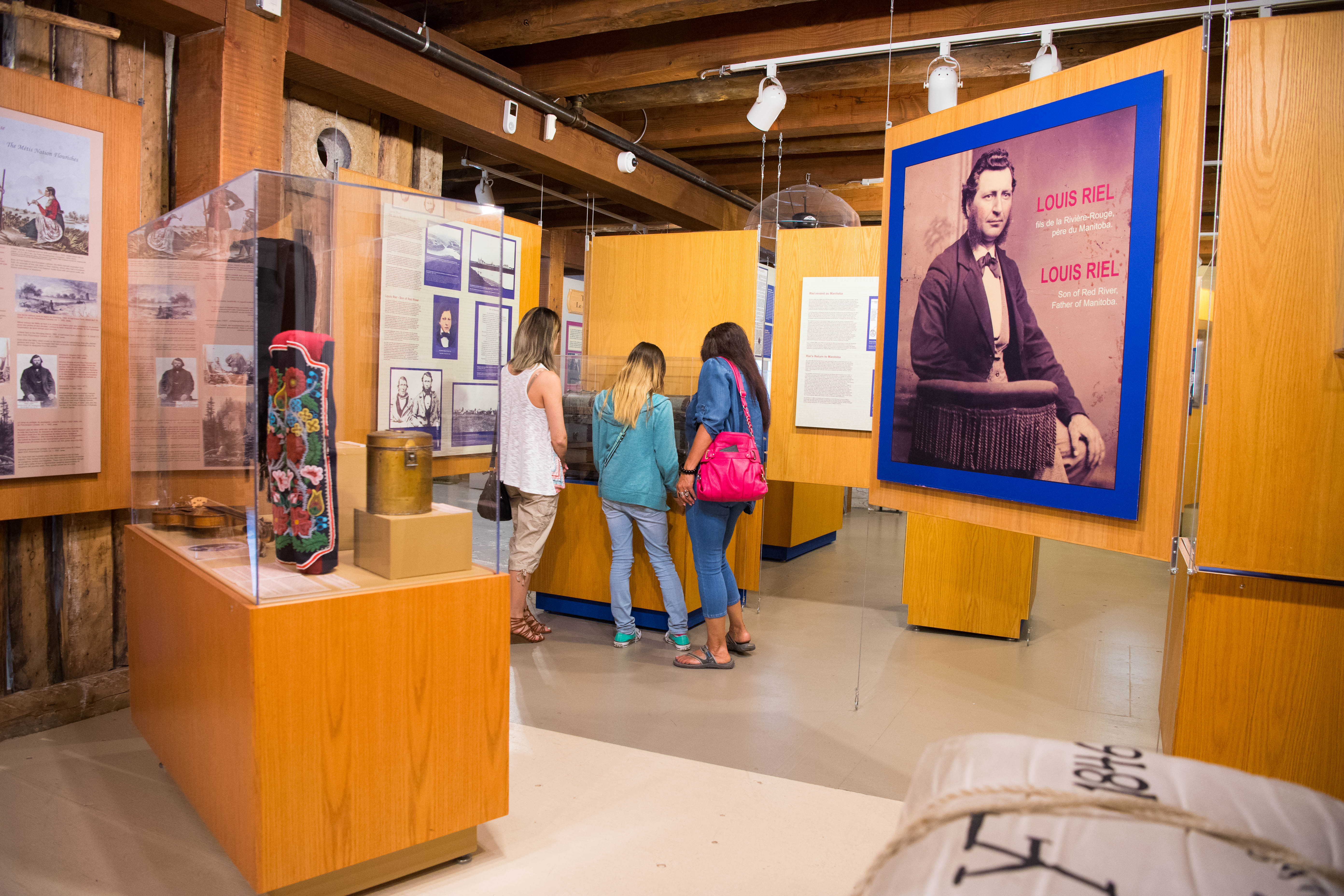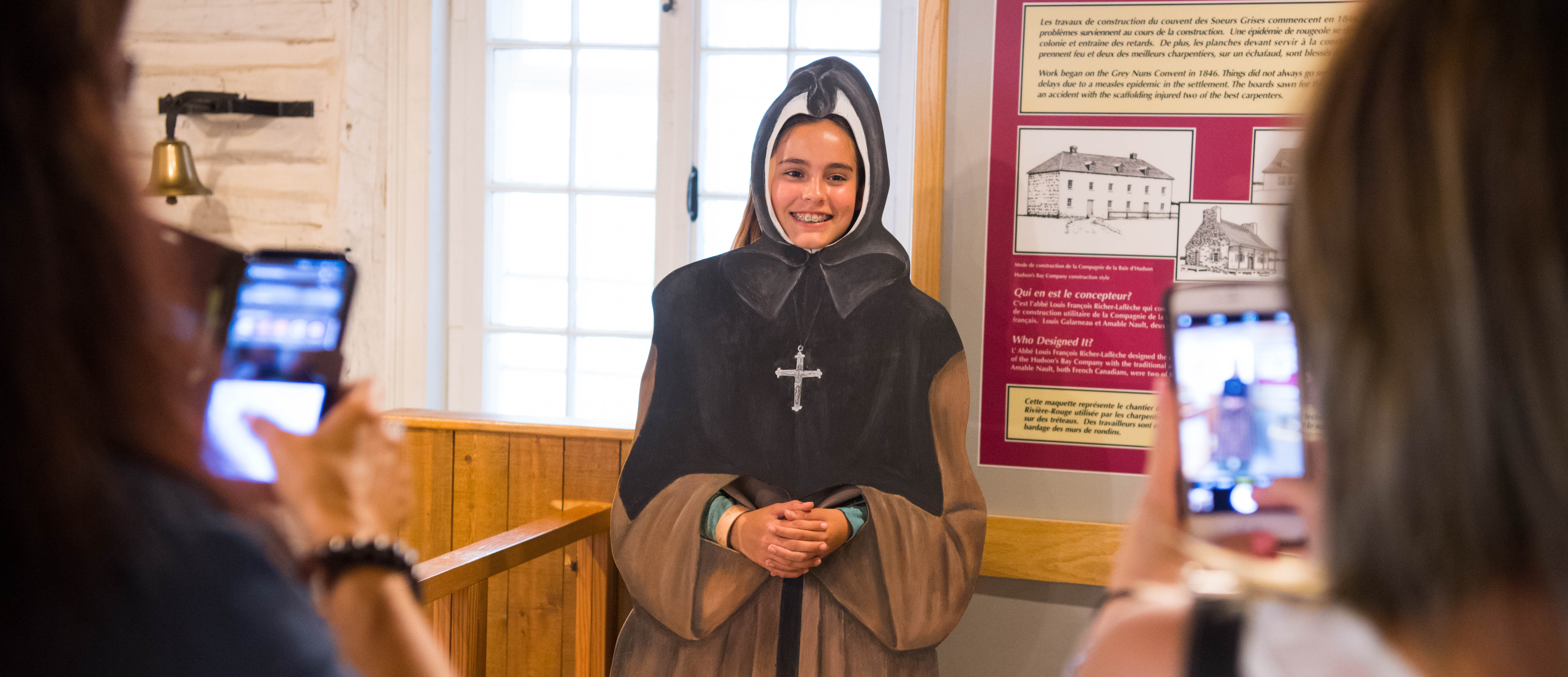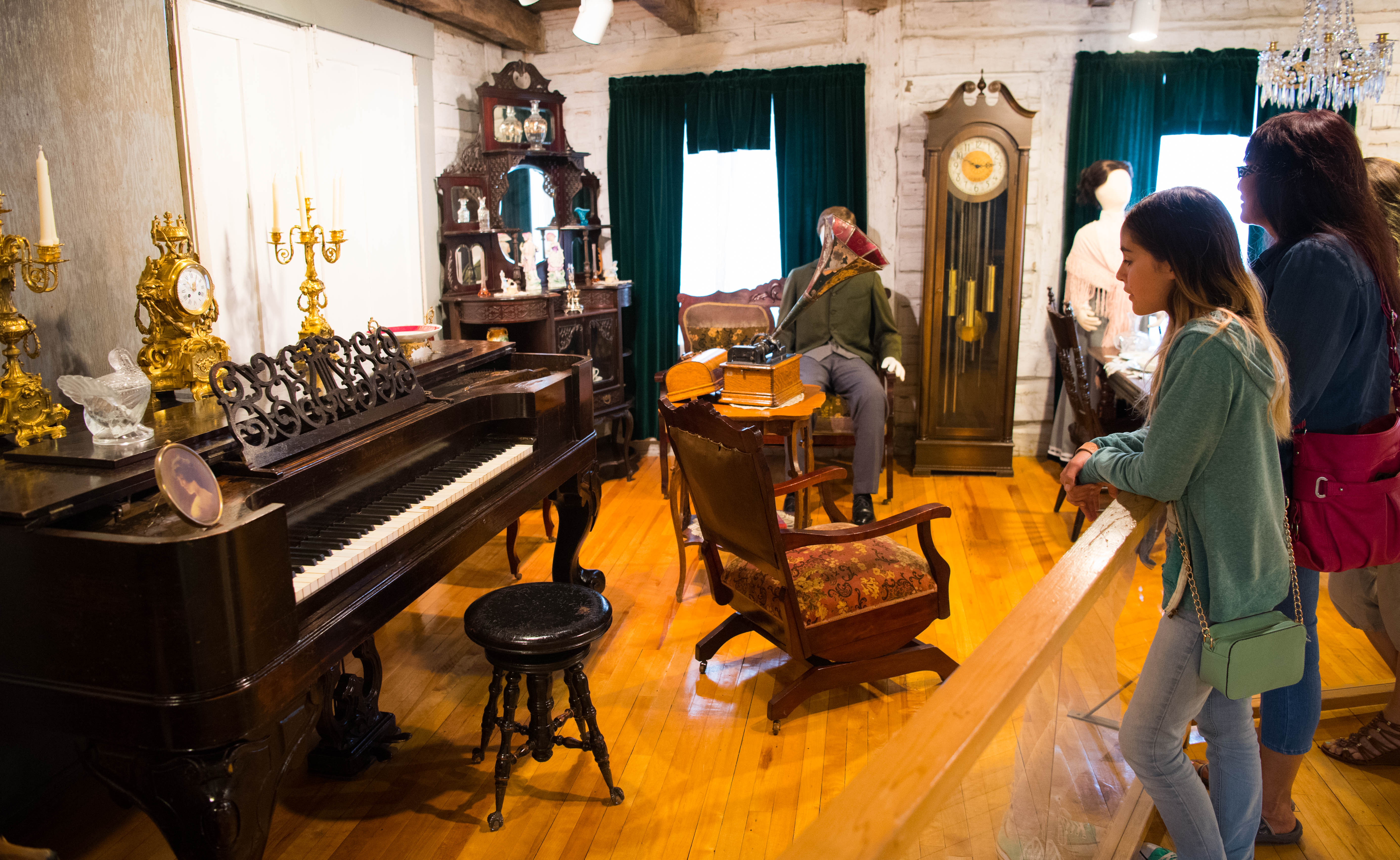Our Collections & Exhibits
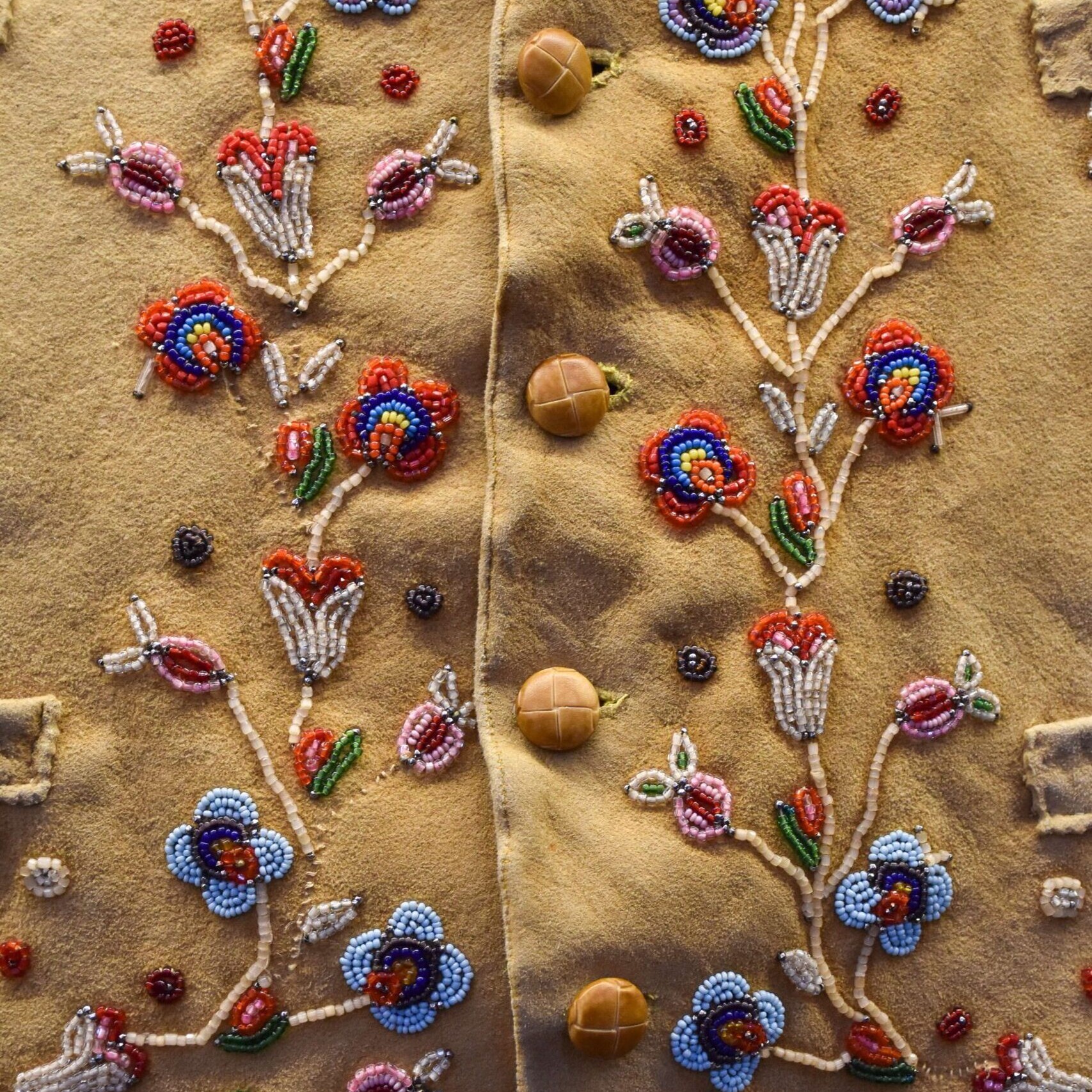
The Saint-Boniface Museum’s collections document the evolution of the Francophone and Métis communities since their establishment or genesis in the Canadian West, particularly as it pertains to Manitoba. There are some 30,000 artifacts that make up the Museum’s collections, which are divided into four main categories: historic; ethnological; archival, and; fine arts.
The Museum’s exhibits are all artfully curated with objects from our historical and ethnological collections, however the vast majority of our objects is stored and cared for in our off-site storage facilities. Additionally, a considerable part of the Museum’s archival and fine arts collections is stored in the Centre du patrimoine (Heritage Centre), which is managed by the Société historique de Saint-Boniface.
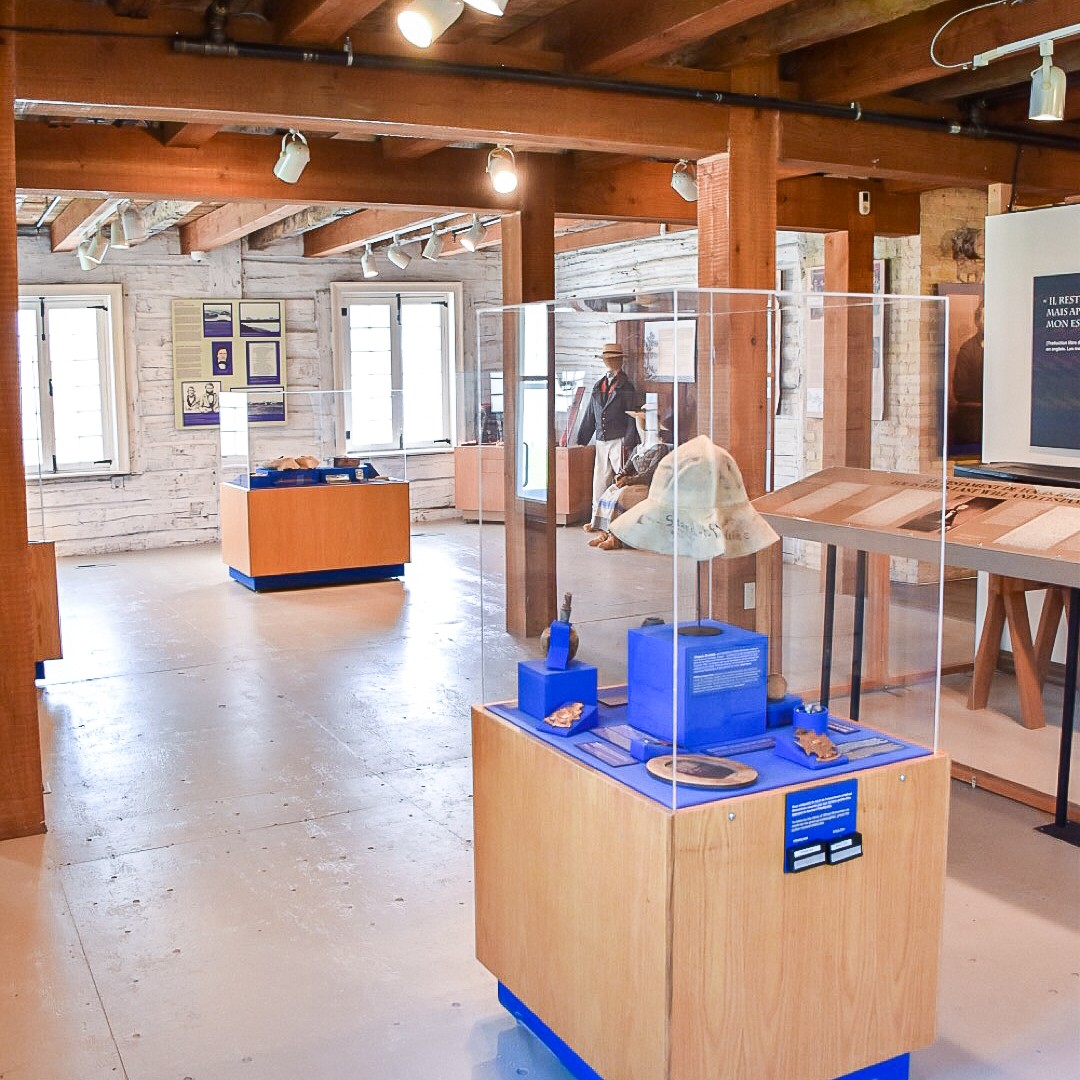
Housed within the original Grey Nuns’ Convent, the Museum’s exhibits relate to topics such as the fur-trade and early French-Canadian settlers of Manitoba, the Grey Nuns, the Métis people and Louis Riel, founding father of Manitoba. A beautiful chapel tells the dramatic story of St. Boniface’s churches, basilicas and cathedrals. A mixture of informative exhibits balances the experience with “tableaux vivant” rooms where visitors find themselves looking into a variety of scenes such as a bison hunt camp, a turn-of-the-century country kitchen and a 1920’s upper-middle-class city house.
